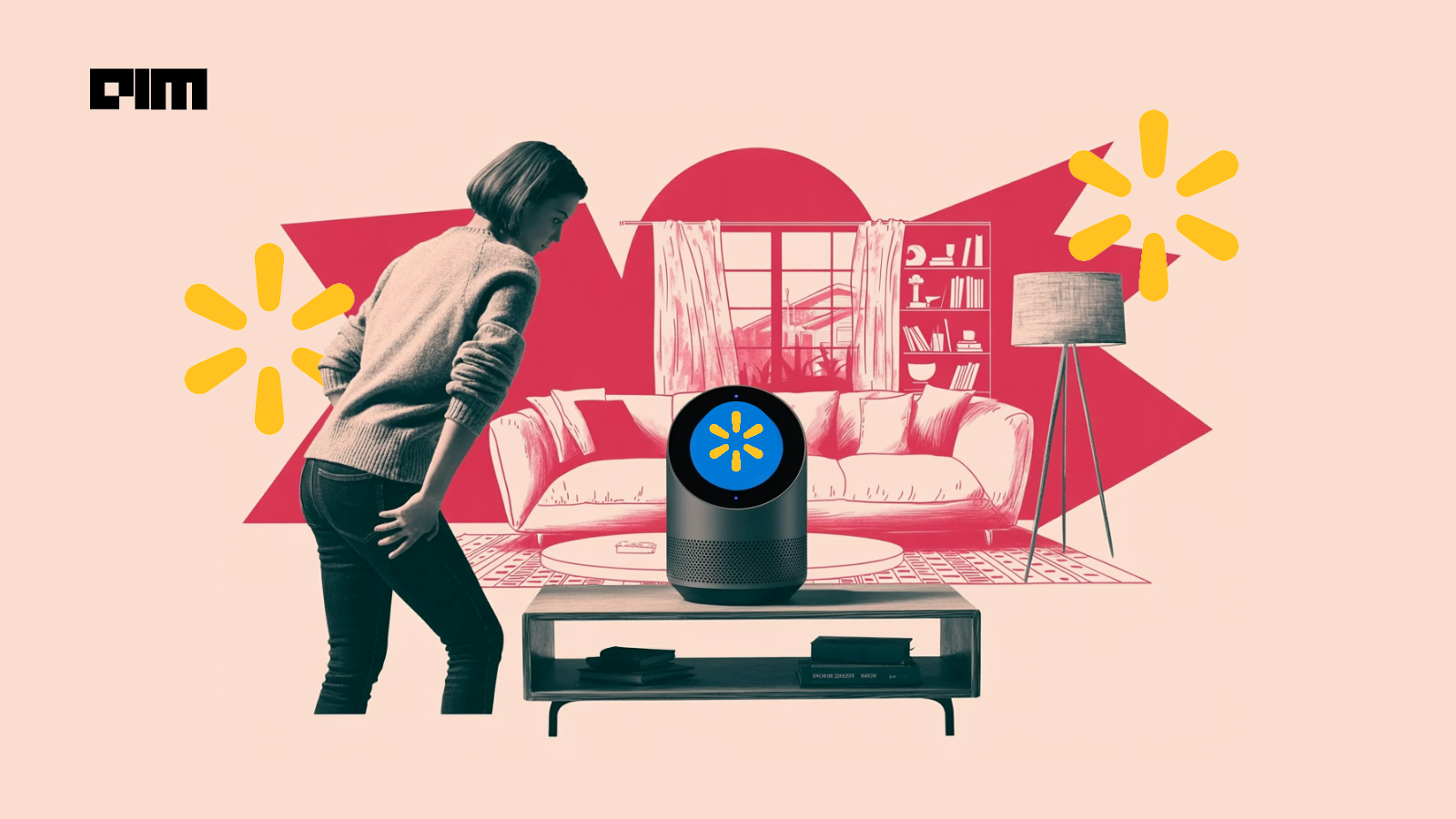Walmart is testing advertising inside Sparky, the company’s new AI shopping assistant, at the same time its products will soon be available for purchase directly through ChatGPT. The retailer recently began a partnership with OpenAI that will let customers buy items using Instant Checkout in ChatGPT, and the development has brought renewed attention to Walmart’s expanding set of AI tools.
According to a Walmart sales presentation cited by the Wall Street Journal, the company tested an ad format called a “Sponsored Prompt” between September and early November with select advertisers. When tapped by the user, Sparky responds with an AI-generated answer and a click-to-buy ad. Walmart introduced Sparky in June as part of an update to its mobile app. The assistant summarizes customer reviews, compares products and suggests items for various needs in a ChatGPT-style interface.
The OpenAI integration will allow customers to shop through ChatGPT by describing what they need and completing purchases through Walmart’s checkout system. “There is a native AI experience coming that is multimedia, personalized and contextual,” said Doug McMillon, president and CEO of Walmart Inc. He said the company is advancing that experience with Sparky and through its new partnership with OpenAI.
Walmart’s AI work extends beyond customer queries. The company has used AI systems in supplier negotiations, handling discussions with 64% of suppliers and securing improved terms compared with outcomes reached through manual processes that previously took months. Walmart has also referenced the role of generative AI agents such as Sparky on the customer side and Marty in supplier interactions.
The retailer continues to increase automation in its logistics network. Walmart has built micro-fulfillment centers at the back of stores and deployed Alphabot, an autonomous robotic system that picks groceries at speeds faster than human associates. The company partnered with robotics firm Symbotic to redesign warehouse operations so AI can manage pallet stacking to increase loading density and reduce damage.
Inside stores, Walmart uses VizPick, an augmented-reality tool that identifies labels on boxes and guides associates to items that need restocking. Electronic shelf labels allow system-generated price updates to appear instantly and include guiding lights that help employees locate specific items. Walmart’s InHome delivery service uses smart lock and wearable camera technology so associates can place groceries directly into customers’ refrigerators.
Walmart has also stated publicly that its automation and logistics network aims to reach same-day or next-day service for 95% of U.S. households. The company has committed $1 billion to workforce training and upskilling programs as it introduces more automation and AI across its operations.
AI systems are also influencing how shoppers arrive at Walmart’s digital storefronts. Retailers, including Walmart, have seen referral traffic increase from ChatGPT. According to Similarweb data, around 36% of Walmart’s referral clicks now come from ChatGPT, up from 20% earlier in the year, although referral traffic represents less than 5% of total site visits.
Amazon is developing similar tools. The company recently introduced sponsored prompts in Rufus, its AI shopping assistant. Amazon CEO Andy Jassy said customers using Rufus during a shopping trip are 60% more likely to complete a purchase and that the tool is on track to generate more than $10 billion in incremental annualized sales. Rufus now connects to 250 million active customers.
Before the OpenAI partnership, Walmart’s AI activity was concentrated inside its own network. Sparky operated only within the Walmart app, where it summarized reviews, compared items and suggested products through a conversational interface. The company’s automation investments were focused on fulfillment and logistics, including Alphabot in micro-fulfillment centers, Symbotic systems in distribution hubs, VizPick for inventory management, electronic shelf labels for pricing updates and the InHome delivery program. Walmart also used AI to conduct supplier negotiations, completing discussions with 64% of suppliers and improving terms.
With the OpenAI partnership, Walmart’s AI footprint now includes a second customer-facing channel. Shoppers will be able to use ChatGPT to plan meals, restock essentials or search for items, and purchases will be completed through Instant Checkout. Walmart continues to operate Sparky in the app but will also appear inside ChatGPT once the integration launches. Referral traffic from ChatGPT has increased, with Similarweb data showing Walmart’s share of such referral clicks rising from 20% earlier in the year to 36%.
Walmart is also testing sponsored prompts inside Sparky, a format that displayed both an AI-generated answer and a click-to-buy ad during trials from September to early November. The company has not announced next steps for the format.










